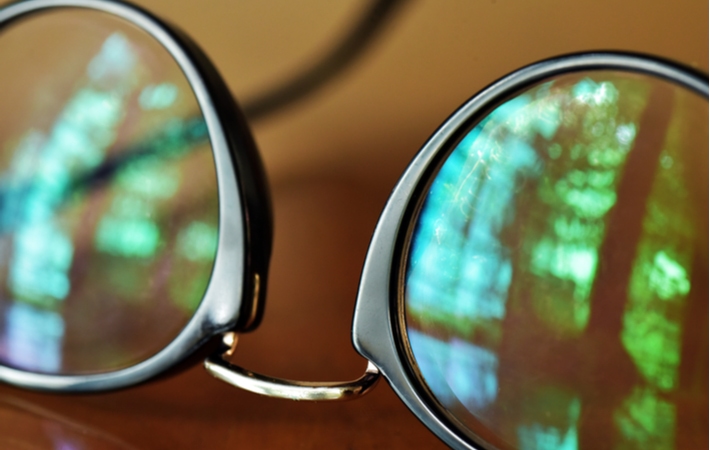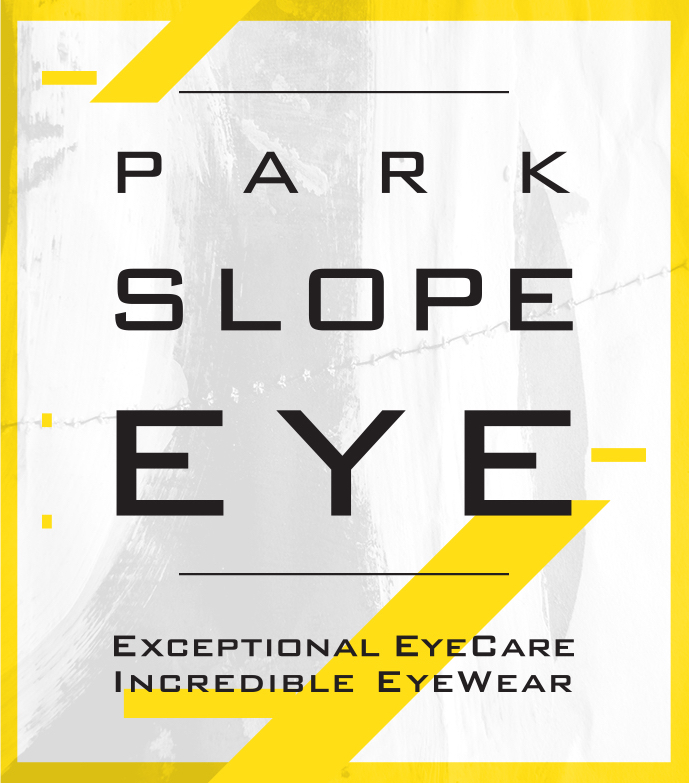If you’ve had to buy glasses before, you know how many lens options are out there.
The truth is, there’s more to glasses than just handing in your eye prescription and choosing frames. A big part of picking the right pair of glasses is selecting a suitable lens material.
With newer technology, more and more people are discovering the benefits of anti-glare and anti-reflective lens coatings.
But are anti-glare or anti-reflective lens coatings worth it? You may want to consider benefits such as:
- Reducing reflections, glare, and halos
- Helping reduce blue light exposure and the symptoms of digital eye strain
- Allows more light to pass through the lens, improving visual clarity
- Prolong the life of your lenses with less smudges and scratches
An appointment with your eye doctor can help determine the type of lenses and lens coatings are right for you and your lifestyle. Looking for a pair of non-glare glasses? Visit Park Slope Eye in Brooklyn.
What are Anti-Glare & Anti-Reflective Coatings for Glasses?
Anti-glare (AG) or anti-reflective (AR) lens coatings are specific coatings designed to decrease the amount of reflective light in your lenses. These coatings can be applied to the back, front, or both sides of your lenses to control the amount of light that enters your eyes.
AG and AR coatings eliminate almost all reflections from the surfaces of your lenses. Without these reflections, more light can pass through, which can increase your vision.
A standard AG or AR coating typically consists of two layers:
- An anti-reflective layer
- A scratch-resistant layer
These two layers protect your lenses and control the amount of light that passes through to give you the most accurate view possible.
Are Anti-Glare & Anti-Reflective Coatings Right For Me?
Lens coatings can give you a clearer vision that’s more natural compared to uncoated lenses. AG and AR coatings may be the right option for you if:
- You have difficulty seeing while driving at night
- You spend a lot of time looking at screens or digital devices
- You’re interested in thinner looking lenses
- You’re often bothered by reflections when wearing glasses
How Does Anti-Glare & Anti-Reflective Coating Work?
AG and AR coatings are not just for glasses. In fact, the technology was created to improve the view of telescopes, microscopes, and camera lenses.
AG and AR coatings are made of multiple layers of metal oxides, and they are applied to the surfaces of the lens. These layers effectively reduce the amount of light reflected onto your lenses, allowing more light to be transmitted through the lens without the glare.

How Does Glare Affect Your Eyesight?
Vision isn’t possible without light. Our vision works in multiple steps:
- First, the light we see bounces off objects and enters your eyes
- This stimulates the nerve cells in the retina
- Then this light send messages from the optic nerve to the brain
- The brain uses information from the optic nerves to combine the vision from the two eyes allowing you to see one image
Unfortunately, light can also cause vision problems. Too much light, whether it be from reflection or glare, can make your eyes uncomfortable and can stop you from seeing sharp images.
Reflections and glare can affect the amount of contrast we see and is often worse in dim environments.
Benefits of Anti-Glare & Anti-Reflective Coatings
AG and AR coatings offer many benefits and are definitely worth the extra cost, especially if you find yourself bothered by glare. They can help you see better, look better, and feel better compared to wearing glasses with uncoated lenses.
Some of the benefits of AG and AR lens coatings include:
- They improve your vision by reducing bothersome reflections, glare, and halos
- They can provide comfort during prolonged computer use
- They allow more light to reach your eyes, improving visual acuity
- They can reduce the effects and symptoms of digital eye strain
- They make your eyes more visible behind your lenses
- They provide less glare when driving at night
Types of Lenses with Anti-Glare & Anti-Reflective Coatings
There are multiple types of lenses that feature AG and AR coatings. Some of the popular types of lens options that come with AG and AR coating options include:
- Standard single vision lenses: These are found in glasses with single vision correction lenses. Depending on the wearer’s needs, they help with seeing either distance or close-vision objects.
- Progressive lenses: Progressive lenses are bifocal lenses that feature a gradual change between near and distance vision correction.
- Blue Light Blocking lenses: Blue light blocking lenses filter out blue light emitted by digital screens, limiting digital eye strain.
- All Reading lenses: These lenses help with near vision tasks such as reading.
- Transitions: Glasses with transitions lenses automatically adjust to the amount of light in the environment you are in.
Caring for Glasses With Lens Coatings
If you decide to get lenses with a special coating, there are additional steps you have to take to take care of them. We recommend the following care steps when dealing with coated lenses:
- Use cleaning products without harsh chemicals that can damage the coating
- Wet the lenses before you clean them to avoid scratching
- Use a microfiber cloth
Non-Glare Glasses: The Takeaway
When you buy a pair of glasses, you should consider the many benefits coated lenses have to offer. During your next eye exam, talk to your eye doctor about what AG and AR coatings can do for you during your next eye exam.
If you have any more questions or concerns about coated lenses, contact us today!









